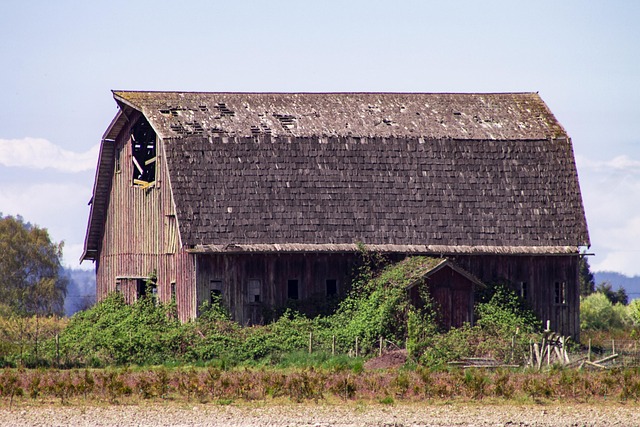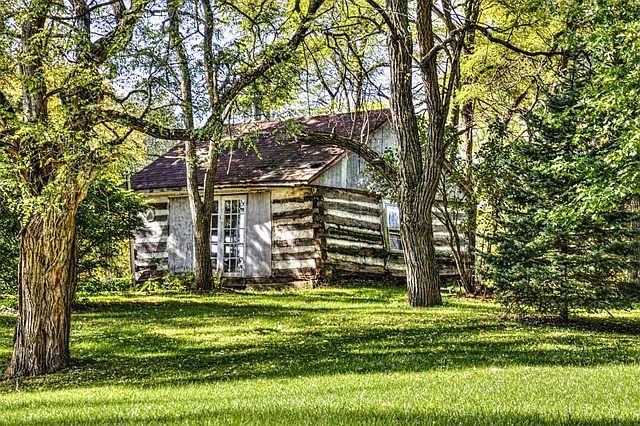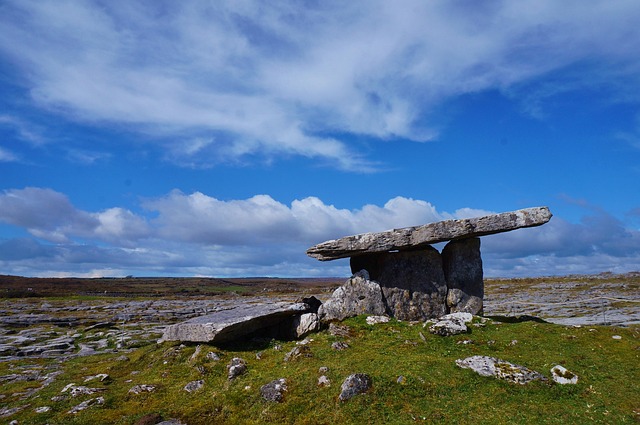Unveiling Historical Treasures emphasizes the crucial role of real estate in preserving frontier heritage. Once bustling with mining activities, these regions hold invaluable cultural resources dating back to exploration and settlement periods. Strategic planning and development can protect historic sites and old towns, attracting tourists seeking authentic experiences. The rich mining history influences property values, making well-preserved structures highly desirable. Revitalizing historic sites through real estate development drives sustainable growth, creates employment, and fosters local pride in former mining towns.
“Discover how rich mining history intertwines with frontier heritage, shaping the landscape of contemporary property values. This article delves into the unique relationship between mining past and present-day real estate markets, exploring its impact on former mining towns. From uncovering historical treasures to implementing sustainable development strategies, we examine innovative ways to preserve and revitalize historic sites. Join us as we navigate the intersection of history and modern real estate trends, offering insights into the future of these vibrant communities.”
Unveiling Historical Treasures: The Role of Real Estate in Preserving Frontier Heritage

Unveiling Historical Treasures: The Role of Real Estate in Preserving Frontier Heritage
The rich tapestry of frontier heritage is a treasure trove waiting to be discovered, and real estate plays a pivotal role in preserving this unique historical landscape. As we delve into the past, we find that the very land itself holds stories of exploration, settlement, and the indomitable spirit of those who dared to venture into uncharted territories. These areas, once bustling with mining activities, have remnants that tell tales of prosperity and struggle, making them invaluable cultural resources.
Real estate in these frontier regions is not merely about property; it’s about safeguarding a way of life and a piece of history. Through careful planning and development, local communities and conservationists can ensure that the historic mining sites, old towns, and natural landscapes remain intact for future generations. The preservation of real estate assets in these areas not only attracts tourists interested in authentic experiences but also fosters a deeper connection to the past, ensuring that the frontier heritage remains vibrant and unforgettable.
Exploring the Intersection of Rich Mining History and Contemporary Property Value

The rich mining history of a region often intertwines with its contemporary real estate landscape, creating a unique dynamic for property values. In areas where frontier heritage remains intact, the allure of exploring the past can significantly impact the present-day market. Prospective buyers and investors are increasingly drawn to properties that tell a story, offering a glimpse into the region’s industrial prowess and cultural heritage. This intersection of history and real estate is particularly evident in mining towns, where well-preserved historical sites and structures can enhance property values and attract those seeking to immerse themselves in the area’s unique character.
The value added by this historical context goes beyond aesthetic appeal. Properties with a mining history often boast robust infrastructure developed over decades, ensuring a solid foundation for modern amenities and services. Moreover, the demand for such locations is driven by a desire to preserve cultural heritage, with many individuals and families seeking to live in areas that carry the weight of the past while offering contemporary comforts. This dual appeal makes properties in former mining regions highly desirable, influencing real estate trends and pricing in these areas.
Revitalizing Historic Sites: Strategies for Sustainable Development in Former Mining Towns

Revitalizing historic sites is a key strategy for sustainable development in former mining towns, offering both economic and cultural benefits. By repurposing abandoned minesites and preserving frontier heritage, communities can attract tourists, stimulate local economies, and create new employment opportunities. This process involves careful planning, collaboration between stakeholders, and innovative real estate developments that blend history with modern amenities.
Historic sites can be transformed into cultural centers, museums, or eco-tourism attractions, showcasing the region’s unique past while providing a platform for educational programs and community events. This approach not only conserves local history but also fosters a sense of pride among residents, encouraging them to participate in and benefit from their town’s revitalized identity.






